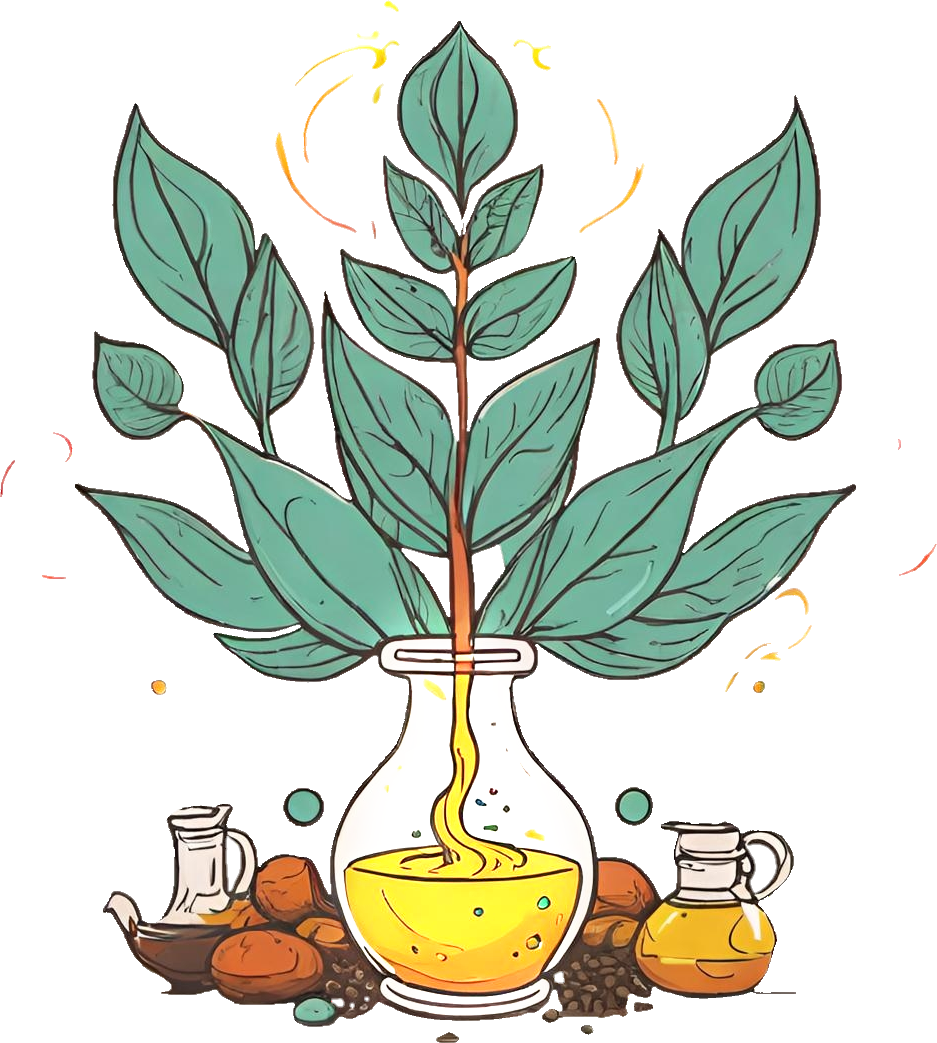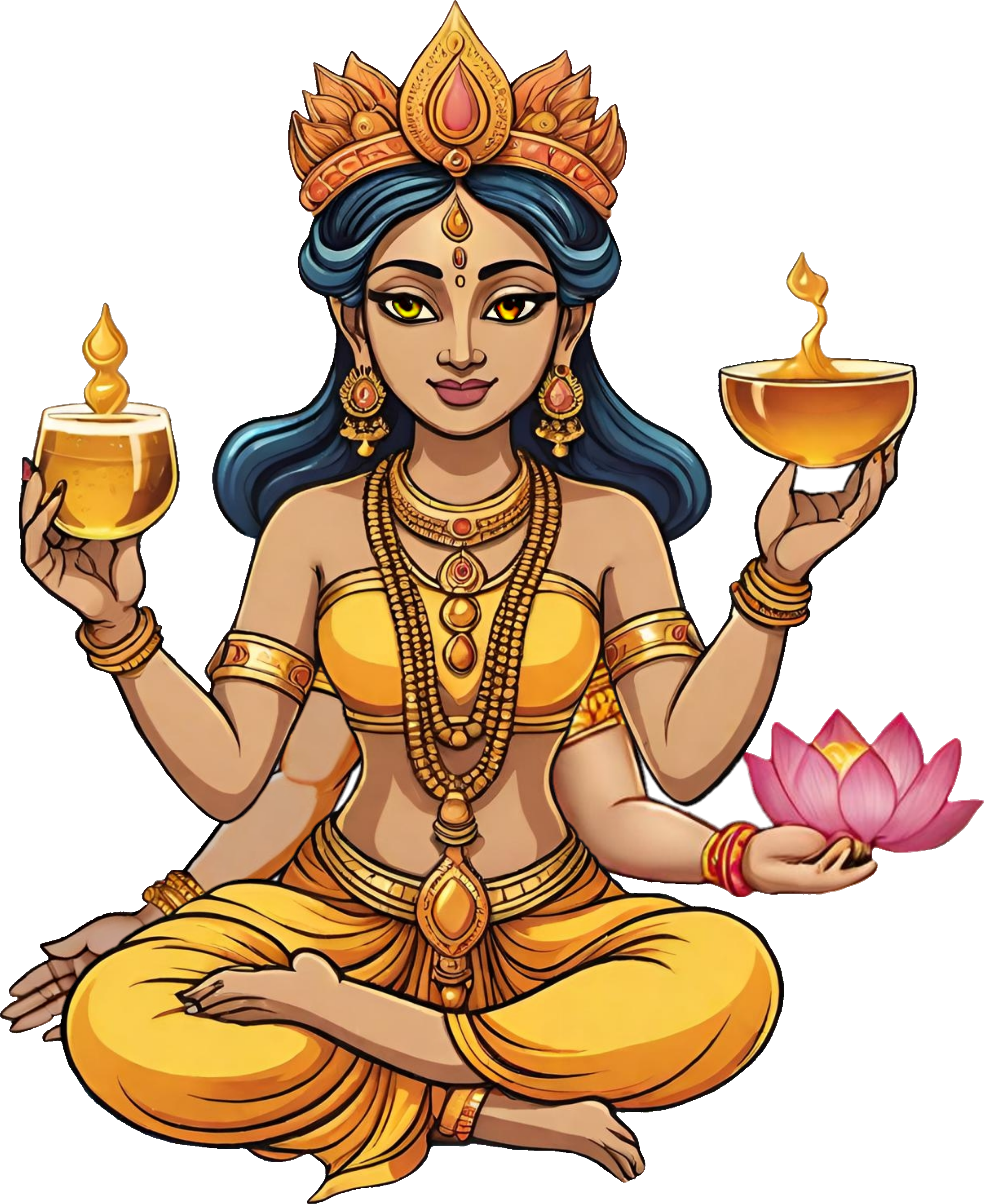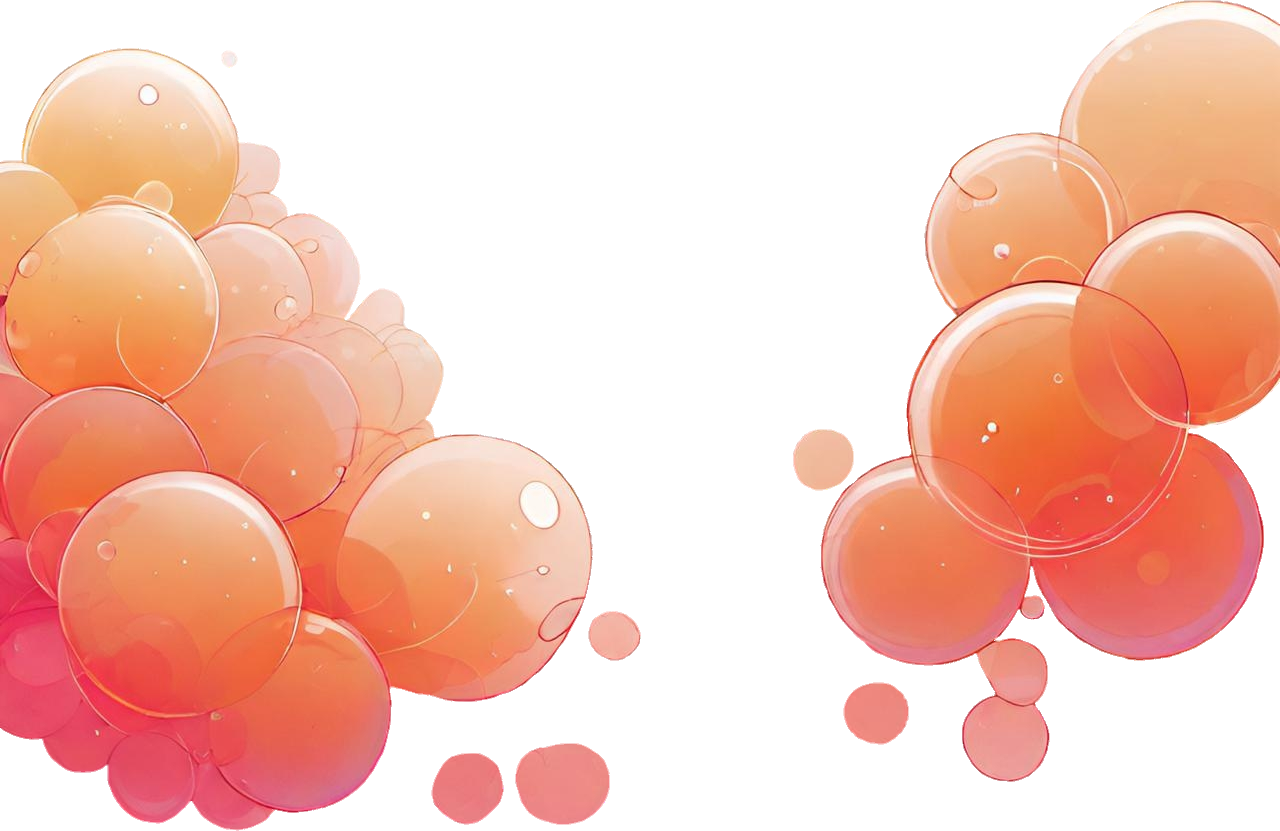Somayaji
Somayaji is unique state brought on by consuming Soma or Haoma, sacred Sanatanis and Mazdayasna elixirs. Originally, Somayaji was only experienced by priests and warriors, but members of tantric sects worshipping Kamadeva might also partake for their own spiritual pursuits. While Amrita is the elixir of immortality, consumed by the gods, Soma is instead a potion for enlightenment! It opens the mind of the consumer, connecting them to the divine, sharpening their senses and empowering their body. While there are regional variants of these elixurs, somayaji is usually a state of greater speed, strength, alertness and magic energy and it grants access to divine knowledge through hallucinations. For this reason, these elixirs are given to soldiers before battle and even to mothers before they give birth! It is also believed to cleanse people of their sins and purify their souls, related rituals acts of atonement. |
We have drunk the soma; we have become immortal; we have gone to the light; we have found the gods.
What can hostility do to us now, and what the malice of a mortal, o immortal one.
Effects of Somayaji |
Overpowering the unprepared, somayaji inspires sages, warriors and seers. It is said to heal the sick -even the blind and lame- and it drives away evil. It exposes malicious and greedy souls, driving them to ruin and preventing their victories. Somayaji expunges rage, evil and hatred while acting as a feast to the righteous! It brings extreme ecstasy, known for its sweet honeyed flavor, beloved by Indra and the rest of the Devas. It is believed one can contact or converse with the gods through somayaji's hallucinogenic properties, asking for their aid in achieving immortality or enlightenment. Too much soma may cause a priest or a god to become boastful and overconfident. After all, it imparts a overwhelming sense of freedom and release, a seeming sense of invulnerability. Somayaji links the single atman, an individual soul and consciousness, back to the divine--to the great singular Atman. It is also fulfilling for the body, imparting infinite energy the consumer can endlessly sustain themselves upon until their body falls apart! |
While somayaji is a state of intoxication, this is not in the same as drunkeness. Where drunkeness dampens the senses and judgement, somayaji heightens and sharpens the body and mind. Hearing, vision, touch, taste and smell are all intensified, leaving the consumer more discerning, vigiliant and sensitive. Simultaneously, it expands the mind making thoughts more profound, broadening comprehension and intellect, inspiring innovation and opening the self to greater happiness and joy. It fulfills, exhilerates and livens the soul, pushing one to the ultimate function of their mind and body. Whether a priest engaged in rigorous ritual for days on end, a warrior drenched in the blood and sweat of battle or a tantric priestess on her own personal spiritual journey, somayaji acts as a means of pushing forward through exhaustion and purifying oneself from the worst of their emotions.
The state of somayaji flows similarly to the flow of water but also the the flow of the mind--complex and interconnected like neurons firing in the brain. All minds of Emynea are linked to the mental elemental planes, somayaji expanding and amplifying these connections! More specifically, these elixirs are enchanted with material magic and alchemy, especially infused with kaithur from Ranalis, Malok, Charnos, Lothvem, Rylmar, Mpertem and Lurstur. The resulting state of somayaji can allow one to access this complex network in unpredictable ways, through visions and sudden inspirations. Once inbibing soma, emotions related to these aspects are amplified if not compelled! Somyaji expunges excessive or supressed emotions, both cleansing and exhausting--and in the unprepared, a loss of restraint. In larger doses, somayaji even allows for a separation of between the mind and body, useful for attaining moksha and seeing past the physical world. It is believed that somayaji brings together and harmonizes the physical body with the divine energy of the universe, aligning the single mind with the great one Atman. It maximizes what the mind and body are capable of--purging the body of sin and weakenss. However, too much soma strains the limits of the human mind and body, creating a separation or gap which can cause madness or even death! The more one consumes, the more exhaustion will result and the higher the risks. This is perhaps why originally only priests could dispense this gift from the gods! |
Soma vs Haoma |
Somayaji can be experienced through two different but very similar elixirs. Soma is prepared by Sanatanis priests and originates from Bharatavarsa while Haoma is prepared by Mazdayasna priests and originates from Parsa. Their similarities are thanks to eras of trade and cultural exchange between these two nations and the Frozen Wastes between them, bleeding into each other despite their different faiths! Specific preparations and rituals are well documented in the preparation of both haoma and soma but are considered sacred secrets, their texts obtuse and heavily intertwined with symbolism.
Both soma and haoma are made from similar if not identical ingredients which include the stems of the somalatha, harmel and different variants of ephedra including gerardiana, major procera and intermedia. After being crushed and pressed into a juice and strained, milk or water infused with Fly Aminata mushrooms is added. Once everything has been mixed together and strained, the elixir is either consumed immediately or fermented in jars. Other potential ingredients are void bee honey, cannabis and opium poppy. While many of these ingredients can be found near Bharatavarsa, the highest quality components are aquired through trade with the Frozen Wastes, Parsa and Birit Narim! |
Soma |
Soma, meaning distill, extract, press or sprinkle, is made from the crushed juices of a number of stems and saps mixed with water which boiled hallucinogenic mushrooms. The most detailed accounts of the making of Soma comes from the Soma Mandala, the Ninth Mandala of the Rgveda scripture. These lengthy and flowery hymns number at 114, dedicated to the making and effects of soma, rituals for consecration and consumption and dedications to the lunar god Chandra. Symbolically, soma represents nourishment, auspiciousness and divine power, linked to bliss and spiritual awakening--an exhilarating and sacred potion!
Soma is made by crushing and pressing the ingredients before pouring it through sheep fleece, filtering out plant residues. The remaining juice is mixed with water or milk or both and finally poured into vessels for offerings or fermentation. In the more symbolic hymns, soma represents a divine bull, cloud or a pillar between heaven and earth. The fleece represents a sow or the surface of the earth ready for fertilization by soma. The soma in these metaphors is filtered through the fleece like the milking of rain from clouds, as torrents watering fields or as seeds pouring into the womb. These texts are drenched metaphors and laced with symbolism, drawing out the description of the rituals themselves and making it difficult for outsiders to understand. But these are also guided visualizations for those partaking of the brew! It even contains hymns and incantations to be sung while pressing the stems or straining the juice, the final fruit of these rituals finding its way into offerings for the gods through sacrificial fire or inspiring enlightenment by passing the lips of priests and the faithful. |
Haoma |
The creation of haoma is steeped in extended rituals but is consumed immediately as part of a larger practice. Ab-zohr or parahaoma, meaning offering to water, is the name of this rite, performed amid a Yasna religious service which is the central act of worship--a recitation of Yasna scripture. The haoma itself is actually an offering made to Apas (Wylrith), god of the water, in order to purify these waters and to purify those involved in the ritual. Within each Yasna ceremony, two different haomas are prepared but only between sunrise and noon, a period called havani ratu or hawan gah, the time of pressing. Ingredients for both haoma are the same but the second is prepared with milk instead of water. Ingredients include three haoma twigs, consecrated fly amanita water and the twigs and leaves of a pomegranate tree.
The first haoma is created amid rites immediately before the Yasna service begins, part of the consecration of the ritual site. The second is created during the middle of the service. Leaves and twigs are cut into small pieces, crushed up into a paste, mixed with water and milk and then pounded and strained repeatedly in a mortar and pestle. Any remaining twigs and leaf residue are placed next to a fire to dry, burned the end of the ritual--the only acceptible way to dispose of consecrated materials. All the while, the priest is reciting hymns and scripture. Once he is finished, the priest carries the combined haomas to a well or stream, pouring the haoma into the waters three times while reciting invocations. Fully consecrated, those attending the service are permited to drink some of the remaining haoma but most often, it is given to infants or those who are dying while the rest is poured onto the roots of fruit-bearing trees! It is such an important ritual that Mazdayasna priests carry the necessary ingredients and tools wherever they go, especially when accompanying armies and providing haoma to soldiers before battle. After all, they believe this ritual originated from their founder, Mazda, after having a divine revelation on a riverbank! |









Comments
Author's Notes
usedhttps://www.wisdomlib.org/hinduism/essay/soma-in-vedic-mythology-and-ritual-study/d/doc627291.html as a reference